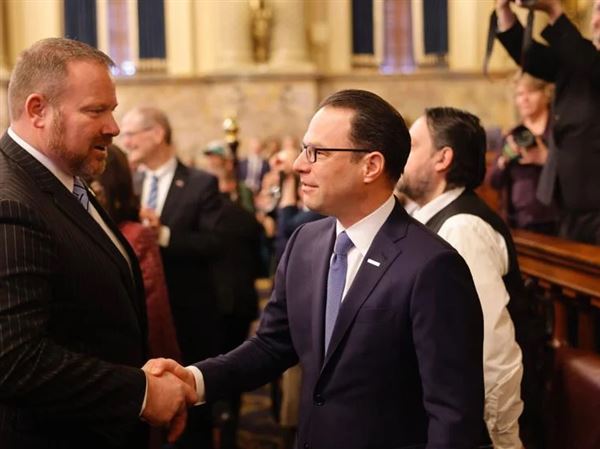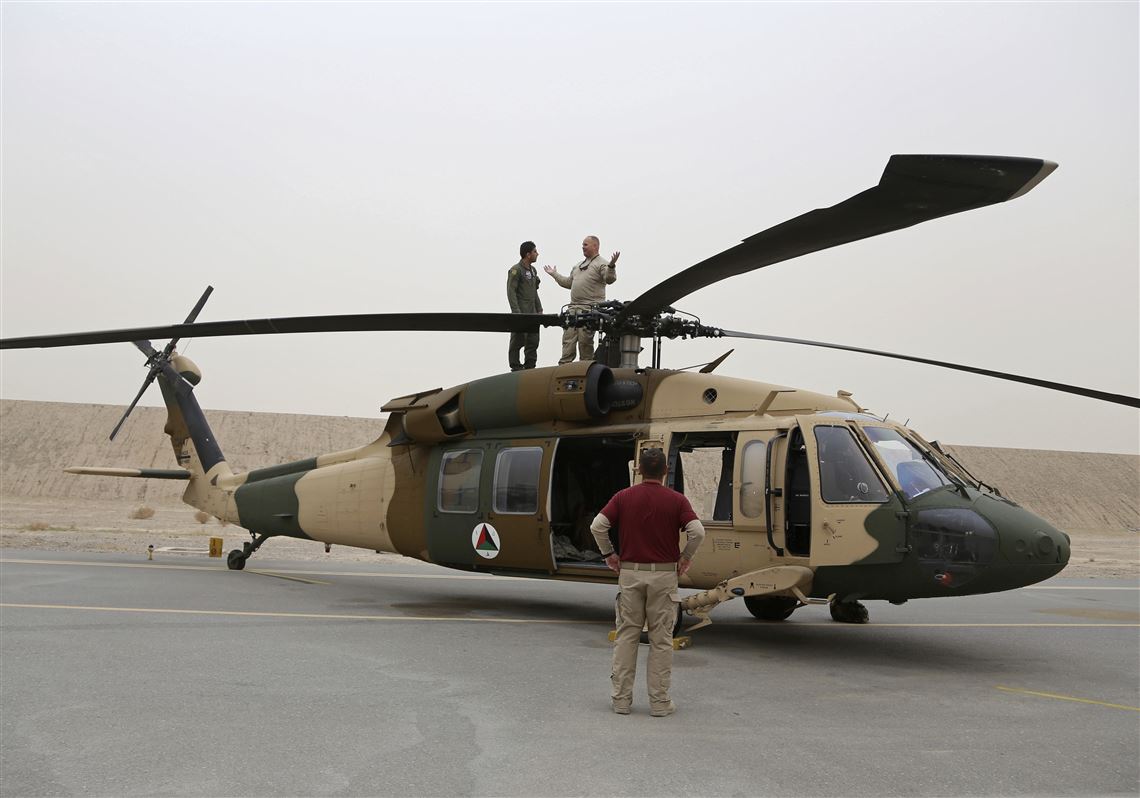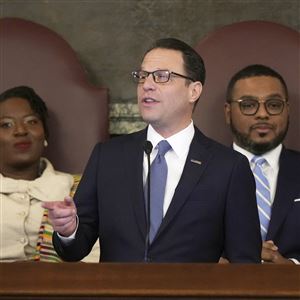BAGRAM AIR BASE, Afghanistan - The U.S. military is racing to demonstrate it is making progress in Afghanistan during a critical period that will test President Donald Trump’s strategy and, potentially, political support for the war.
Military leaders say the arrival of new troops and aircraft, along with a renewed mission to advise local operations more closely, will help reverse a Taliban resurgence that has exposed the fragility of the long American project in Afghanistan.
“This is not another year of the same thing we’ve been doing for 17 years,” Gen. Joseph Dunford Jr., chairman of the Joint Chiefs of Staff, said during a tour of military facilities across Afghanistan last week. “This is a fundamentally different approach.”
With an increased U.S. force of about 15,000, focused largely on efforts to ensure Afghan troops can launch offensives against the Taliban, Gen. Dunford said that “the right people at the right level with the right training” are in place ahead of the 2018 fighting season, a sentiment repeated by other commanders.
Yet looming over the battlefield push are questions about how long support can be sustained, given skepticism in Europe about an open-ended military effort and ambivalence from Mr. Trump about involvement in foreign wars.
The stepped-up campaign comes as the architect of Mr. Trump’s Afghanistan strategy, national security adviser H.R. McMaster, prepares to exit the White House. His successor, John Bolton, may be a less ardent proponent of a muscular U.S. campaign.
Ronald ENeumann, who served as U.S. ambassador to Afghanistan under President George W. Bush, said the questions swirling in Western capitals were impossible for U.S. commanders to ignore. “That’s what’s driving the sense of speed” in large part, he said. “They don’t know how much firmness we have in our own project.”
In a sign of the renewed Pentagon focus on Afghanistan, Gen. Dunford’s tour was one of several high-level visits in recent weeks, including stops by Defense Secretary Jim Mattis and Gen. Joseph Votel, who heads U.S. Central Command.
Over four days, generals and advisers traveling with Gen. Dunford fanned out across the country to gather information on the readiness of Afghan forces and their foreign advisers.
Officials said Afghan forces are demonstrating an improved ability to employ their own air power - with newly trained pilots, combat-ready helicopters and small-scale drones - and are coordinating maneuvers with the army, police and elite commandos.
If sustained, it would be a major change from the period following the end of U.S. combat operations in 2014, when once-secure districts fell to the Taliban and Afghan forces made desperate appeals for American air power, then limited by a smaller U.S. force and a narrower mission. The message from Washington during those years was, in some officials’ rueful characterization, “Don’t lose.”
Now, with a re-energized air campaign and new advisory units placed with Afghan army battalions, U.S. officials are trying to build confidence among local units.
As an example of the kind of momentum Pentagon leaders hope will break the cycle of dependence on foreign forces, U.S. advisers described a recent operation to clear Taliban forces from a district of Laghman province, to the east of Kabul.
Aided by intelligence gathered by Afghanistan’s spy agency, local commandos conducted raids in narrow valleys abutting the Alingar River that officials said the Taliban used to launch attacks on Afghan checkpoints and lob rockets or artillery at nearby bases. Then Afghan police and army troops from the 201st Corps pushed into the area, backed by U.S. and Afghan aircraft.
When the operation was over, the provincial governor arrived in the area in an attempt to cement government control.
But the Taliban has a stronger grip in southern strongholds, vast parts of which remain no-go zones for security forces.
And — once described as an ill-equipped band of insurgents — the Taliban are increasingly attacking security forces across Afghanistan using night-vision goggles and lasers that United States military officials said were either stolen from Afghan and international troops or bought on the black market.
As some of this equipment falls into Taliban hands, the militants are joining a larger trend, said David Barno, a retired lieutenant general who led the war effort in Afghanistan from 2003 to 2005. Advanced equipment, such as drones and precision weapons, is being seized by other extremist groups in other global conflict zones, he said.
“It’s going to be a problem,” Mr. Barno said, “and it’s going to change how we operate.”
In an echo of previous years, U.S. Marines in Helmand province are advising the Afghan army’s 215th Corps as it seeks to clear roads around towns and cities that are hotbeds for insurgent activity.
While U.S. advisers report growing autonomy among Afghan units, they acknowledge that many areas will remain outside government’s grip for the foreseeable future.
Operations in the south are “now based on what the Afghan army wants to do, where do they really think they need to have security,” said Lt. Col. Ryan Benson, a Marine adviser at Camp Shorab. “They know what they can hold, and they know what’s less important.”
A key aspect of the strategy centers on the newly formed Security Force Assistance Brigade, which will advise battalion-level units and, sometimes, accompany them into the field. Pentagon leaders say the Obama administration’s decision to end the practice of embedding advisers with lower-level Afghan army units, part of its plan to extricate the United States from the war, set the stage for the Taliban comeback after 2014.
Gen. Dunford said the Afghan government is gradually gaining ground, expanding its control of populated areas from 64 percent late last year to close to 70 percent today. The government hopes to add 10 percent more this year, he said.
Whether Afghanistan can hold parliamentary elections without major violence will help Pentagon officials gauge the strategy’s success in coming months, as will the number of Afghan military casualties. While the Afghan government does not disclose exact figures, U.S. officials say combat losses remain in the thousands each year.
Officials also hope to see a payoff from changes initiated by Afghan President Ashraf Ghani, including a plan to retire thousands of politically connected senior officers. Until recently, U.S. officials like to say, the average age of corps commanders exceeded Afghanistan’s life expectancy by a decade.
Some experts remain skeptical the new approach can succeed where President Barack Obama’s 2010-2011 surge, with far more troops, could not.
The Afghan forces would have to became “so capable and lethal” that they could defeat the Taliban in battles with little help, said retired Lt. Gen. David Barno, who commanded U.S. and NATO forces in Afghanistan from 2003 to 2005. “I am not optimistic we are going to see that happen anytime soon.”
Gen. John Nicholson Jr., commander of international forces in Afghanistan, said the strategy includes pressing Pakistan to shut down Taliban safe havens and squeezing the Taliban diplomatically after a recent peace initiative put forward by Mr. Ghani.
In more emphatic terms than ever before, military leaders are calling for a negotiated end to the war. The new urgency reflects an awareness of the Taliban’s ability to regenerate and an acknowledgment that the United States and NATO are unlikely to provide high levels of resources indefinitely.
“The No. 1 metric is how are we doing toward reconciliation,” Gen. Nicholson told reporters during Gen. Dunford’s visit.
While there have been episodic efforts to foster peace talks since 2001, the prospect of negotiations with a group responsible for killing thousands of Americans has been met with resistance at the Pentagon in the past.
Now, in a twist, the new push for peace lacks equal high-level support outside the military. In January, Mr. Trump rejected talking to the Taliban after a bloody suicide attack. The State Department, which has led reconciliation efforts in the past, has not appointed a senior official to work on that subject and recently laid off the few staff members involved.
Military leaders are also seeking to get more lower-level fighters to lay down their arms. Such efforts have taken place previously without recruiting a critical mass of fighters.
David Sedney, a top Pentagon official for Afghanistan during the Obama administration and now a senior fellow at the Center for Strategic and International Studies, said important Taliban figures in Pakistan continue to believe that military victory is possible.
“However, among Taliban fighters in Afghanistan, the growing disillusionment with those Pakistan-based leaders is fueling a rising interest in peace,” he said. “It is too soon to say whether this will result in peace talks this year, but the possibility exists where it did not a year ago.”
Adding urgency to the complicated U.S. mission is the unpredictability of a commander in chief who acknowledged as he unveiled his plan to redouble the Afghanistan effort that his original instinct had been withdrawal.
“I share the American people’s frustration . . . over a foreign policy that has spent too much time, energy, money and, most importantly, lives,” Mr. Trump said last year.
It’s not yet clear how Mr. Trump’s ambivalence will be affected by the arrival of Mr. Bolton, who has voiced distrust in nation-building overseas and appears more focused on North Korea and Iran than Afghanistan.
Andrew Wilder, an Afghanistan scholar at the U.S. Institute for Peace, said that signaling continuity in U.S. plans would be crucial. “With the new leadership, it’s important to be messaging that the strategy remains in place and the U.S. is committed to it, or its biggest advantage, which is that it’s not time-based, is lost,” he said.
Reassuring European nations is equally important. While several NATO nations recently announced increased troop levels, there are signs of growing resistance.
Ian Lesser, vice president of the German Marshall Fund, a think tank, said NATO leaders were increasingly focused on threats from a resurgent Russia and terrorism groups on Europe’s eastern and southern borders. Adding to that, low public support for Afghanistan means that “the political pressure is definitely on,” he said.
“The fact that allies were able to make modest new investments reflects the fact that they didn’t want to get off on the wrong foot with the United States,” Mr. Lesser said. But he added, “For different reasons all around the alliance, people are going to have an increasingly hard time justifying this as an open-ended commitment.”
The New York Times contributed.
First Published: April 2, 2018, 9:30 a.m.
















